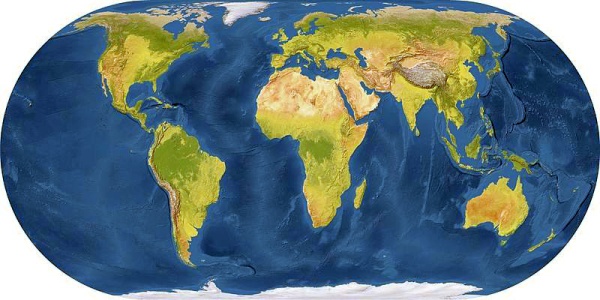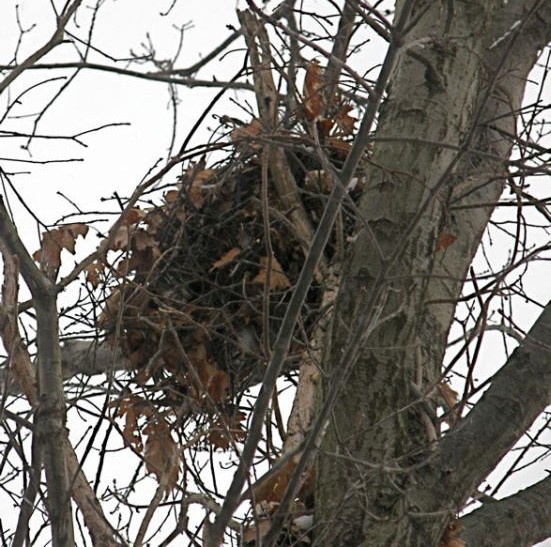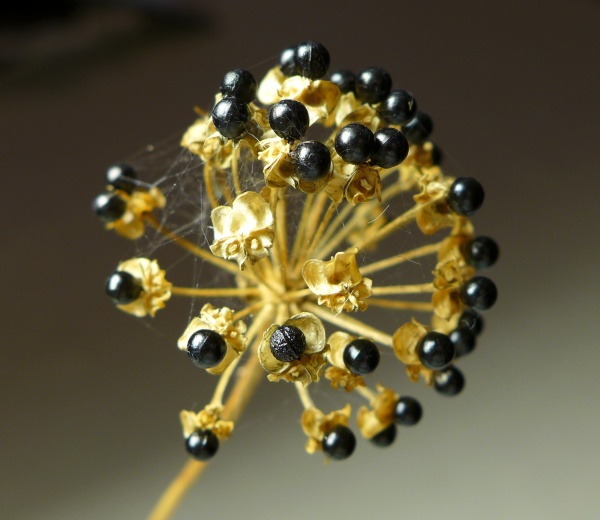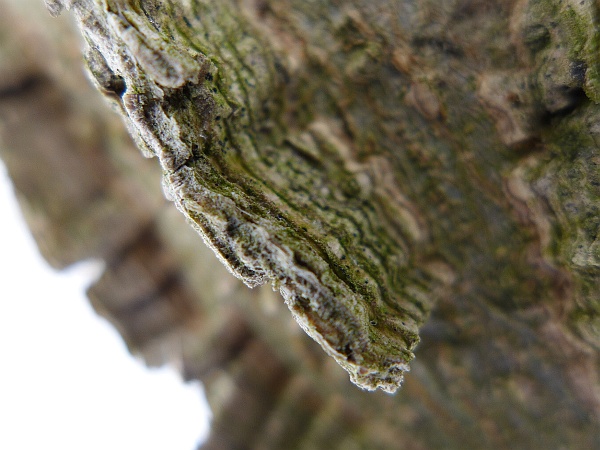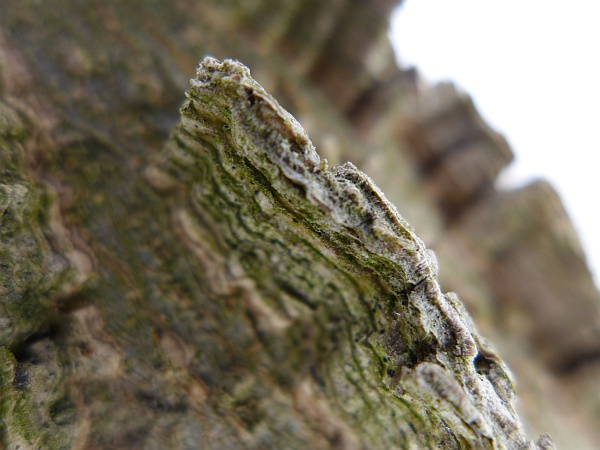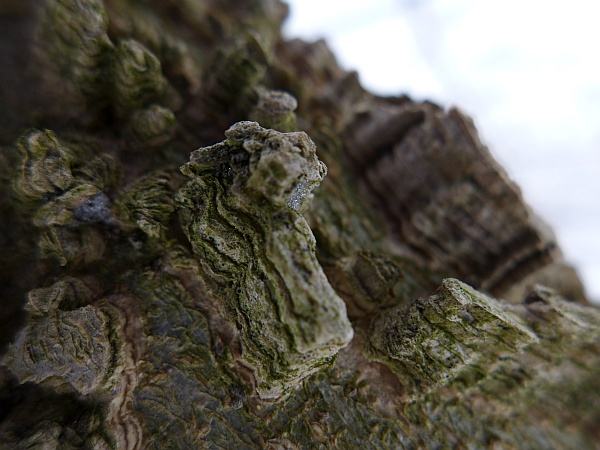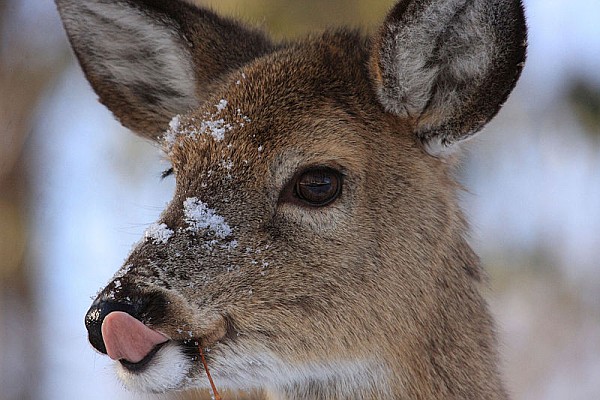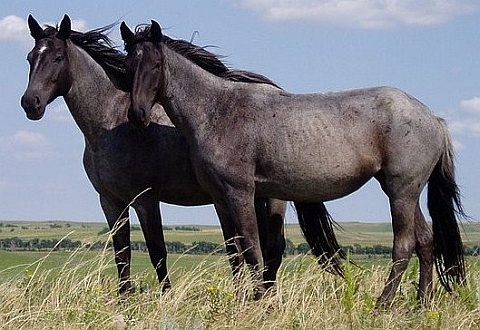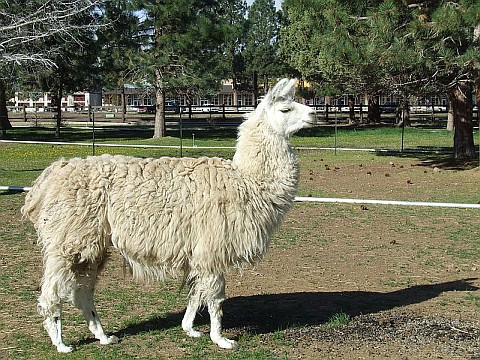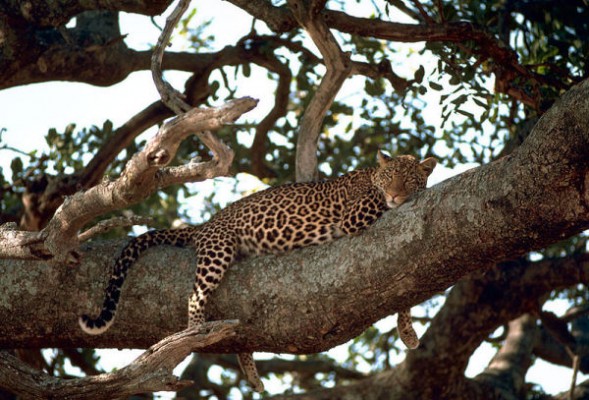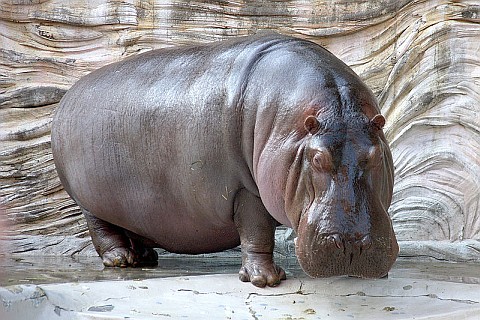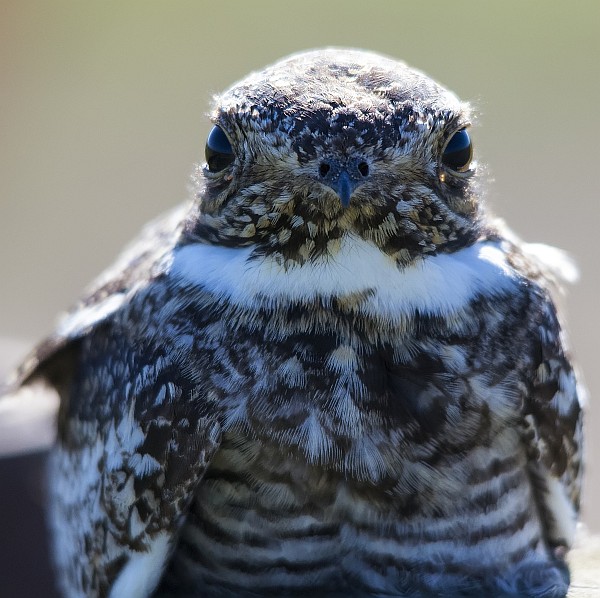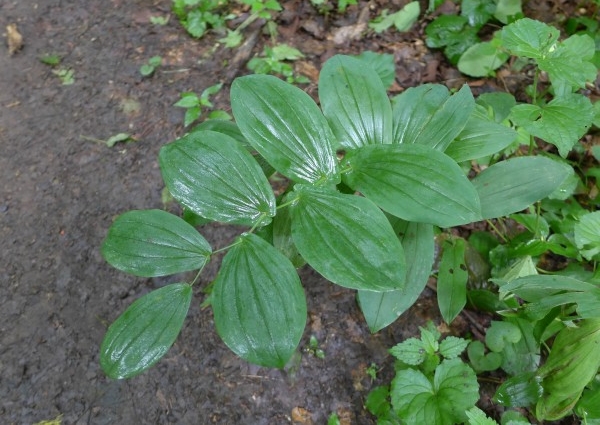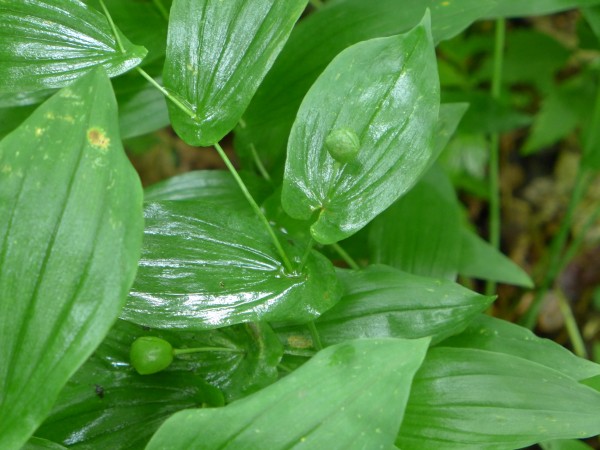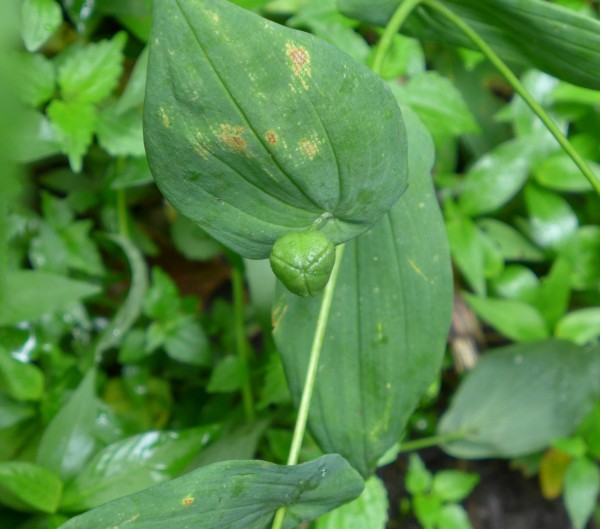
24 February 2015
Question: What do these two people have in common? On the left, a real person. On the right, the symbol for a fictional one.
Answer: They have the same name and there’s a bird connection.
Birders, did you know…?
The person on the left is ornithologist James Bond. Born in Philadelphia in 1900 he was the curator of ornithology at the Academy of Natural Sciences and the preeminent authority on birds of the Caribbean. His definitive field guide, Birds of the West Indies, was first published in 1936. Updated over the years, it was the only field guide devoted to Caribbean birds until 1998. Click here to read more about the real James Bond.
Ian Fleming, author of the James Bond 007 books, was an avid birder and writer who spent every January and February writing novels at his villa in Jamaica. Of course he had a copy of James Bond’s field guide to help him identify local birds. When he needed a name for his 007 hero he chose James Bond because it was “brief, unromantic, Anglo-Saxon, and yet very masculine – just what I needed.”
Fleming received James Bonds’ permission to use his name and they later met in person. Fleming also connected birds and Bond by placing many bird references in Dr. No including a guano (bird poop) mine and a bird sanctuary for roseate spoonbills. Click here to read about the 007 connection.
How did I find this out? When I returned from my Caribbean trip last month, Tony Bledsoe told me about the two James Bonds.
Thanks to Wikipedia, the source of this information. Note the copyright information below:
* photo of James Bond the ornithologist in 1974 from Wikimedia Commons. Click here to see the original.
* Screenshot from the Dr. No trailer, James Bond 007, from Wikimedia Commons. Click here to see the original and its rights information

